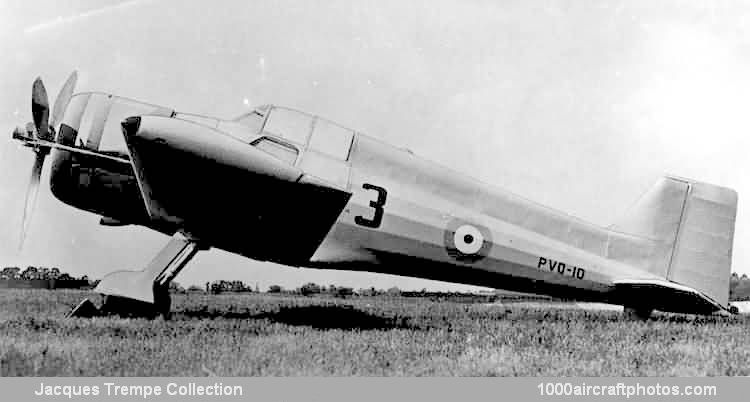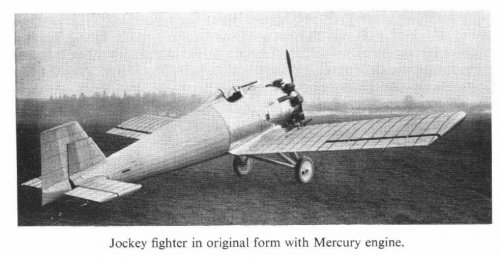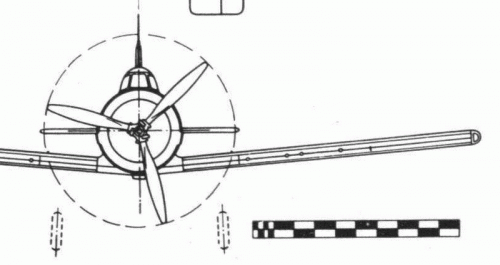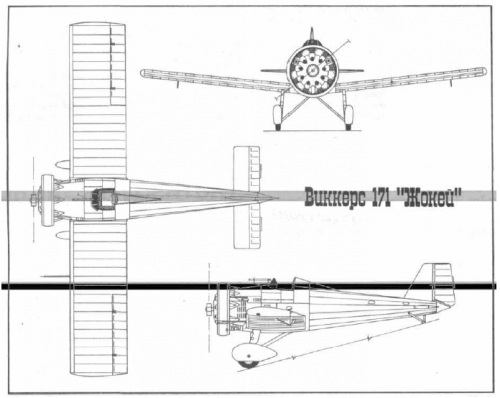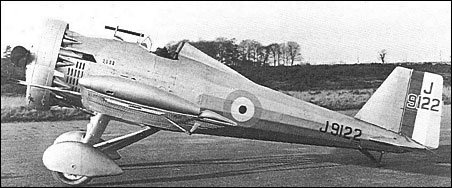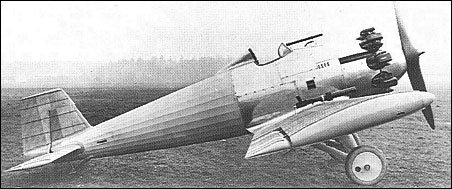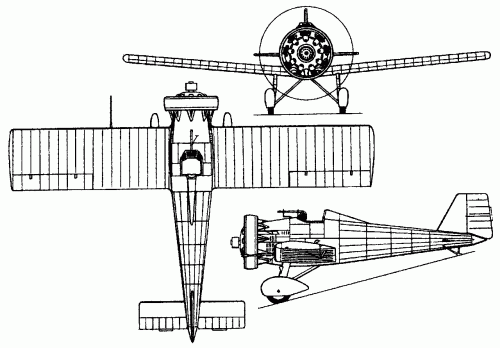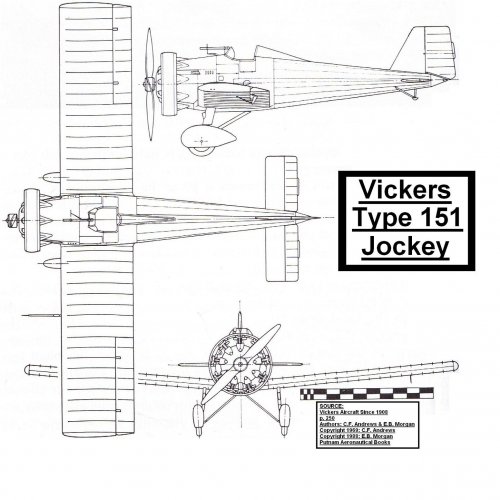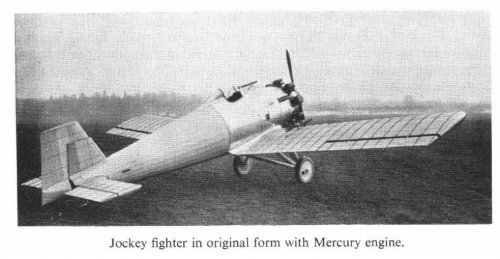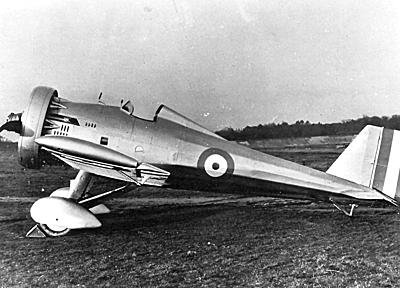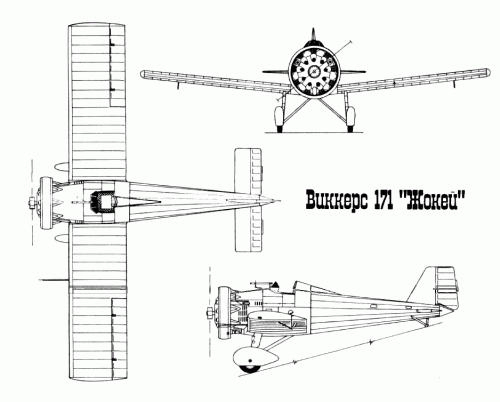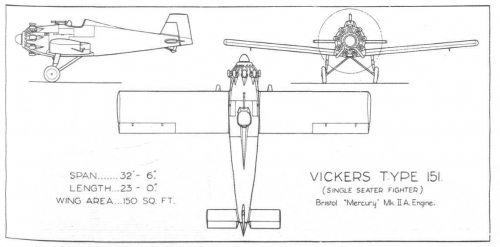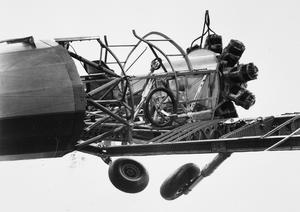The Vickers 279 Venom has always seemed like a missed opportunity to me, a solid little eight-gun fighter almost as fast as a Hurricane on only 625 hp.
http://en.wikipedia.org/wiki/Vickers_Venom
http://www.1000aircraftphotos.com/APS/1960.htm (source of images below)
I have never understood why the design was not adapted to use a more powerful British or American radial engine (825 hp P&W Twin Wasp Junior?) or, alternatively, perhaps lightened with a reduced armament for use as a modern second-line fighter with the existing engine. If nothing else, an operational Venom-derived fighter would have provided a useful backup in case Merlin production was disrupted for any reason. The Venom might also have made a useful starting point for a ground attack aircraft thanks to the more damage-resistant radial.
Does anyone know of any actual designs or proposals for Venom derivatives?
Cheers,
Matthew


http://en.wikipedia.org/wiki/Vickers_Venom
http://www.1000aircraftphotos.com/APS/1960.htm (source of images below)
I have never understood why the design was not adapted to use a more powerful British or American radial engine (825 hp P&W Twin Wasp Junior?) or, alternatively, perhaps lightened with a reduced armament for use as a modern second-line fighter with the existing engine. If nothing else, an operational Venom-derived fighter would have provided a useful backup in case Merlin production was disrupted for any reason. The Venom might also have made a useful starting point for a ground attack aircraft thanks to the more damage-resistant radial.
Does anyone know of any actual designs or proposals for Venom derivatives?
Cheers,
Matthew
